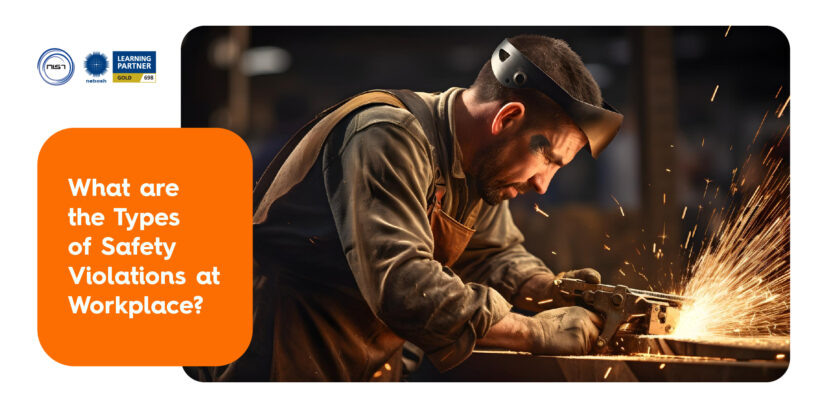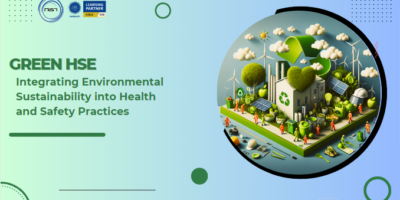Regardless of the environment or business, the workplace should be a place of professionalism, respect, and safety. Despite the fact that most firms strive for this, workplace violations can and do happen often. Understanding these violations and the different kinds of them, it might be essential for correctly identifying, preventing, and dealing with them.
Three major types of workplace violations—routine, situational, & exceptional—will be covered in detail in this extensive blog. These classifications will offer a helpful framework for comprehending and dealing with the various forms of workplace misconduct. We seek to present a clear picture of these violations and the most effective ways to mitigate them, ranging from routine violations like ignoring safety procedures to situational ones like using the wrong equipment under pressure to exceptional violations that may occur during emergencies or new tasks.
What is a Workplace Violation?
Any action or behavior that contravenes established norms, rules, standards, or laws is considered a violation in the workplace. Violation of safety regulations, immoral behavior, harassment, discrimination, and non-compliance with employment laws are a few examples of this. As a result of such violations, one may receive verbal or written warnings, lose one’s employment, face legal repercussions, and in some circumstances, face criminal charges.
1. Routine Violations
When breaching a safety regulation or practice is just how things are normally done on the job, it is considered a routine violation. It becomes commonplace to disregard the advised methods for completing jobs. Routine violations frequently occur because employees are under time constraints and believe that abiding by the safety regulations would slow them down. Workers might not always be aware of the dangers associated with disregarding safety regulations. In other situations, individuals can think the laws don’t apply to them.
Some of the reasons for routine violations are listed below:
- Taking shortcuts to save time & energy;
- Believing that the rules are impracticable or overly restrictive;
- Lack of awareness of the procedures;
- Assume that the rules are no longer applied;
- Poor monitoring and a lack of rule enforcement;
- Believe routine violation to be the norm.
The following features can often lead to routine violations:
- Inadequate ergonomics of the workplace or equipment leading to improper posture while working;
- Equipment that is difficult to maintain or that responds slowly; Equipment that is challenging to use;
- Procedures that are overly complex and challenging to comprehend; faulty instrumentation and/or warning systems;
- Excessive noise and other unfavourable environmental conditions (fumes, humidity, dust);
- Associated PPE is either ineffective as a result of neglect or inappropriate, challenging, and uncomfortable to wear.
2. Situational Violations
Situational violations happen when the demands of the job make it difficult to comply with the rules at certain times. They might occur in adverse weather or when the appropriate equipment isn’t accessible. For example, while working at a height to replace window frames in a building, a ladder is frequently used instead of a scaffold. Situational violations could be decreased through better job design, workplace improvements, and supervision.
Situational violations can also be influenced by the work environment. Workers may be more likely to take risks that could result in accidents if a workspace is congested and unsafe. In a similar vein, employees may be more likely to violate the law in order to improve their comfort if the workplace is too cold or hot. Enhancing the workplace environment can aid in lowering the situational violations.
Predominantly, supervision can aid in lowering situational violations. Workers may be less prone to use shortcuts that could result in accidents if supervisors are present and paying attention. Workers may be less prone to commit situational violations if managers can offer feedback and guidance. Enhanced monitoring can assist in lowering the intent to commit situational violations.
3. Exceptional Violations
Exceptional violations tend to mostly happen when a safety procedure is breached in order to perform a new task. Violations during emergency situations, such fires or explosions, are a suitable illustration. In c and emergency training sessions (such as fire training), these violations has to keenly addressed.
Conclusion
To summarize, recognizing the many types of workplace violations, including normal, situational, and exceptional violations, is a critical step in maintaining a safe, respected, and efficient work environment. Each category has its own set of causes and potential remedies, with routine violations being the consequence of negligence or complacency, situational violations caused by external pressures or bad task design, and exceptional violations occurring during emergencies or unusual circumstances.
Businesses can put appropriate steps in place to reduce risks, encourage compliance, and safeguard the security and welfare of all employees by recognizing these violations. Keep in mind that keeping a safe and secure workplace is a collaborative duty that starts with awareness and is maintained by ongoing supervision and action.
For safety training, consulting, auditing, E-learning course content creation & other safety services, call NIST Global – India’s one of the top safety organizations.
Call our safety experts @ +91 8754465588 / info@nistglobal.com














Leave a Reply